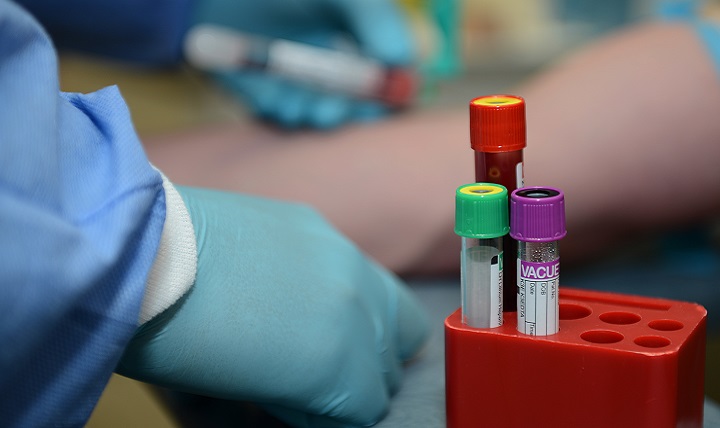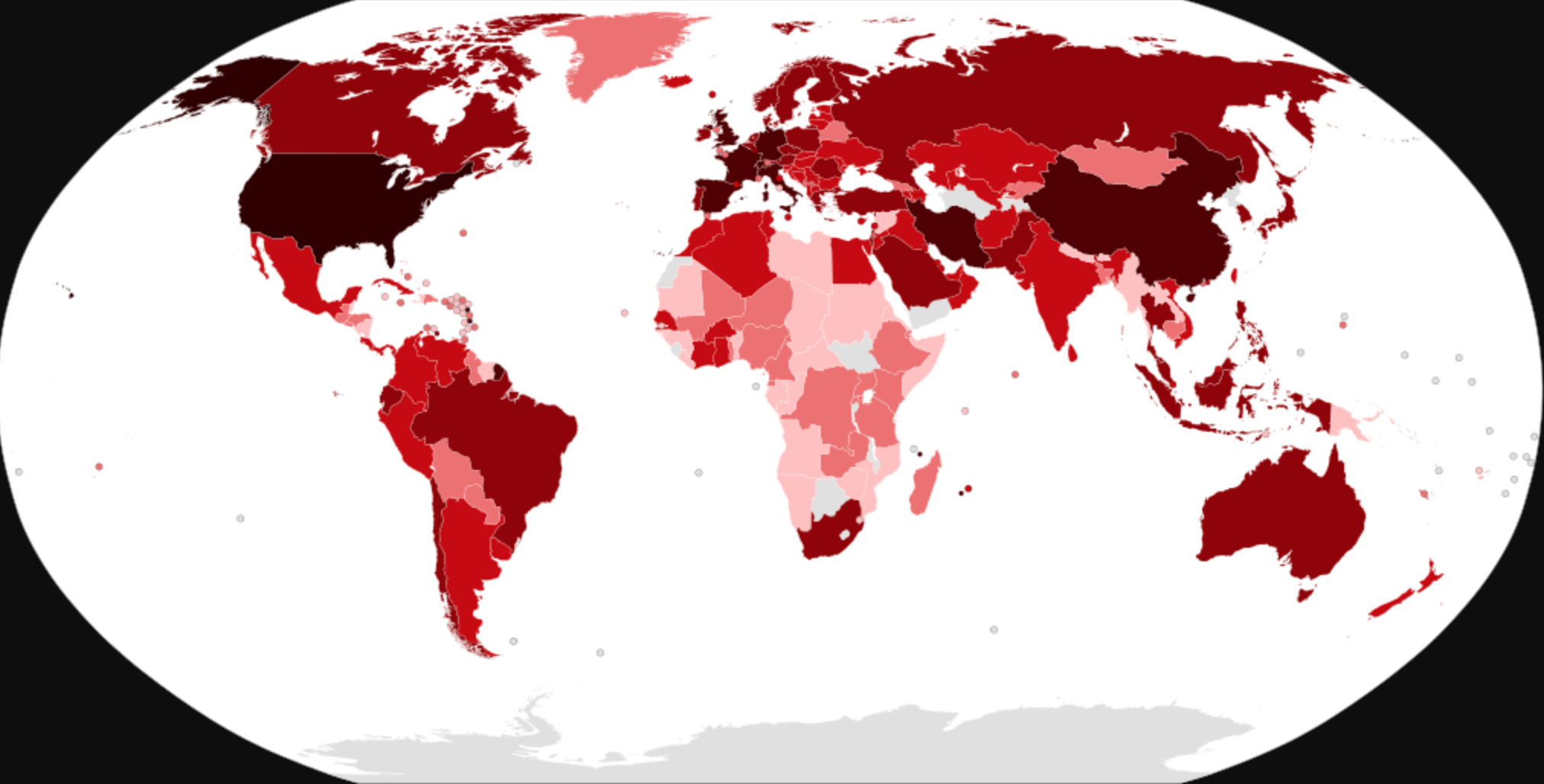TLDR; if you’re a Medicare beneficiary and have a drug for your indication that is on brand, this new drug pricing legislation might come as welcome news. If you’re still waiting for a drug, you could be waiting longer. For the CF population, specifically, I’m not sure it changes too much unless the small molecule market becomes deeply unstable.
Over the weekend, Senate Democrats pushed through the largest healthcare reform in years. The House is expected to send the bill to President Biden’s desk soon.
A big of the pending legislation reforms the way Medicare treats prescription drugs. Many are heralding the move as a big loss for big pharma. But other than the PR campaign calling it a huge loss for big pharma, I’m not so sure big pharma will feel a great deal of pain.
Really, the legislation is designed to do a good thing and hammer a handful of medications with an accelerated path towards generic-style pricing. The law will get to that, but with a few casualties among innocent bystanders in this as well.
Without a doubt the best part of the bill is that it caps Insulin out of pocket expenses at $35/month for Medicare beneficiaries. It also caps out of pocket maximum spending at $2,000 for Medicare beneficiaries annually starting in 2025. Right now, Medicare beneficiaries can see extreme out of pocket costs (and stupidly can’t get manufacturer copay assistance). These two provisions are easily the most important parts of the bill.
In a major defeat, Senate Democrats couldn’t get out of pocket costs for insulin capped for people on commercial benefits. Had the Democrats not chosen to move forward with healthcare reform under reconciliation, it’s possible out of pocket caps could have been extended to bigger parts of the population if the bipartisan effort but forth by Senators Hassen and Collins had any legs.
If you’re not a Medicare patient (and most people who read this blog, who have CF, are not), it’s unlikely you’ll feel any relief at the pharmacy counter as a result of this bill. If you are a Medicare beneficiary, you will feel out of pocket relief soon in some cases, and that’s worth celebrating.
The key part of the legislation, and it’s not exactly patient-facing, is that Medicare will now be allowed to negotiate prices of a small number of prescription drugs per year after they’ve been on the market for a finite period of time. That’s a complex way of saying that Medicare will begin building a price-controlled list that adds new drugs to it each year.
Negotiate is really a substitute word for price setting because if drug makers don’t come to the negotiating table, the government can hit them with an existential tax penalty. Medicare will be able to set the prices of drugs for its population after a finite period with a minimum 35% discount.
But because Medicare beneficiaries still face out of pocket costs, it’s not exactly clear to me how the individual patient will benefit from these list price caps. For example, if a $100,000 drug gets slapped with a minimum price reduction of 35%, the new price is still prohibitively high at $65,000. The pre- and post-price control price (that’s a mouthful) still necessitates insurance (Medicare) coverage. I also think the law missed an opportunity to regulate the rebate practice at the center to the drug supply chain and pharmacy benefits.
In the case of small molecules (think pills, chemotherapies, etc.), Medicare will set the price of medicines after 9 years and in the case of biologics (think Humira, insulin, etc.) Medicare will be able to set their prices after 13 years on the market. The difference between the two classes of drugs, small molecules and biologics, is a curious variation that has even those who are normally hawkish on drug pricing questioning the choice to delineate between the two.
In truth, all that’s happening is Medicare is effectively codifying a drug’s path to becoming “generic” or priced as a “generic” in some cases before a generic alternative becomes available. A reminder… medicines receive exclusivity protection so the maker can recoup R&D expenses and profits before revenue crashes once it hits its exclusivity cliff (or patent cliff… the two terms are, confusingly, used somewhat interchangeably). Codifying genercization is absolutely something I can get behind, and I’d actually argue Congress could have even gone further with this effort. I would have liked to see the Congress codify the generic (or generic-like price caps) for a greater number of drugs or a deeper minimum discount as I’ll discuss below.
The piece that I don’t really agree with, and while maybe abstract, is the deviation from the current standard of exclusivity protection, especially for small molecule drugs. Most drugs see about 12 to 16 years of market exclusivity, with an average of 14 years, before hitting its patent cliff. Now medications will be open to price controls after 9 and 13 years respectively, and as a result new small molecule drugs could face serious peril in their path through development.
The legislation effectively screams out loud that biologic drugs are the preferred drug of the future, and I don’t think that’s a good thing. It should be simple to see why. If you’re a drug maker for a Medicare population of patients (cancers of aging, Alzheimer’s, etc.), you can realize a longer revenue period than if you chose to make small molecule medicines. Not to mention that small molecule drugs have a key advantage over biologics when it comes to generating a therapeutic response in the brain. Small molecule drugs can cross the blood/brain barrier, which is key to diseases of aging.
The difference also implies that biologics should be a protected class of medicines because they are more difficult and time intensive to create, but that’s false. Small molecule medicines also carry substantial failure risk during development. If you’re faced with a similar perceived development risk and then one substantially longer period of revenue protection, the choice between products is easy.
In fact, biologics aren’t nearly as easy to price reduce as small molecule medicines. Even when biologics go “biosimilar” the cost of developing biosimilars is typically higher than generic small molecules. That’s because the process required to manufacture biologic medicines at scale is far more cost intensive than pills, and therefore the maximum price reduction for biologic medicines is relatively smaller than would be expected for small molecule medicines. That’s why, for example, there is no biosimilar Pulmozyme in the US.
Simply, small molecule medicines can effectively go to quite close to 0 cost when generic alternatives become available, and one need not look further than the value proposition from Mark Cuban’s Cost Plus Drugs to see how that’s realized. I’ve blogged about that before.
This is a nuanced issue overlooked by politicians, and I believe it’s something even those hawkish on drug pricing can buy into.
The true loser in this legislation isn’t big pharma because of their well-diversified portfolios especially since their drugs do go generic eventually. They will see this legislation as a pinprick or an accelerated path towards generic pricing, which is a good thing.
The loser is actually going to be small and pre-clinical biotech companies that are making small molecule medicines. Those companies, which are cash strapped in a pre-revenue state (you can’t sell products that haven’t finished trials), now face the unenviable job of raising capital to finish their clinical trials before a mad dash to win profit on a shorter timetable than they had been anticipating. The rational reaction of one of those smaller companies is to launch their drugs with a higher list price than they were planning.
Consider this simplified case study.
Let’s say you, the CEO of one of these small biotech companies, spent $100 to develop a new drug. Your goal is generating a total of $140 revenue (40% profit) before its patent cliff, and you have 14 years to do it. Remember, the time value of money necessitates shooting for a large profit over a long period of time.
In the best-case scenario, you’re able to charge $10/year for your drug for 14 years, and at worst case you sell it for about $7.15/year for 14 years to breakeven.
Now, you, the small molecule CEO, only have 9 years to hit those targets before Medicare price sets your drug. If you want to hit $140, you’ll need to charge about $15.55/year to meet your goal and $11.11/year to breakeven. The breakeven scenario in this case leads to higher price/year than in the pre-legislation base case.
The other path forward, however, is to pass additional cost burden onto the commercial insurance market as the Wall Street Journal opined yesterday.
The most frustrating part about this is that congress could have brought parity in the exclusivity timelines between small molecules and biologics in a cost neutral way by including DEEPER minimum discounts in Medicare’s price setting. Yes, Congress is leaving discounts on the table. The right course of action should have been Medicare’s price setting coming in at 13 years for both small molecules and biologics at a 42% minimum discount, as one analysis suggested. Maybe it will be fixed.
Creating exclusivity parity between the two classes of medications at 13 years would have abated the decision risk between small molecule and biologic medicines for both early-stage drug makers and capital allocators. Done properly with the right price setting cuts could have also led to the same near-term savings, while preserving small molecule innovation in the long run.
The real shame in this, aside from the out of pocket relief for Medicare beneficiaries, is in Congress’s effort to rightfully hammer big pharma companies that exploit the exclusivity periods granted to their usually biologic medicines, they’re also hammering the innocent bystanders in this – preclinical companies that are doing the heavy R&D lifting in the small molecule space.
Small molecule medicines cannot be exploited to the same extent as biologic medicines given their chemical builds. For example, Vertex can’t protect Trikafta with a patent thicket like AbbVie has protected Humira. Humira is an example of a drug that congress is rightfully hammering in this legislation. The drug has been an AbbVie exclusive for far too long and circumvents the spirit of drugs going generic or biosimilar. Finally, Medicare can drag the list price down if biosimilar competition is unable to do so.
Trikfata and the CFTR modulator suite of drugs, for what it’s worth, are a little bit of an afterthought here given the CF population’s low Medicare burden and the eventual transition to generic. Analysts suggest Trikafta could be price set in the future for the Medicare population, but that could lead to a negligible change. Actually one drug that I’m watching out for is really a class of drugs – our enzymes. Our pancreatic enzymes have use outside CF and could be a target for Medicare to price set.
The implications for the CF Population are mixed. If you’re a Medicare beneficiary, you’re going to start seeing lower bills at the pharmacy counter. Our Medicare population is probably going to shrink in the future relative to where it is today, though, given the power of our medicines to pull people off disability benefits.
It’s unlikely Medicare price setting will truly go after rare disease drugs exclusively.
If Medicare price setting does go after rare disease drugs, though, and I’m not totally sure why since low prescription volume would lead to smaller relative savings for Medicare, that could be seen as a signal that could slow new small molecule entries to our pipeline. The current pipeline, though, won’t suddenly just shut down.
All in, I’m super pumped about the out-of-pocket cost caps for Medicare patients, I’m thrilled that the path towards generic pricing is more clear cut, but I’m in disbelief that a major market disincentive has been placed on small molecule medicines. We can only hope that small molecule medicines don’t become the new antibiotics…




